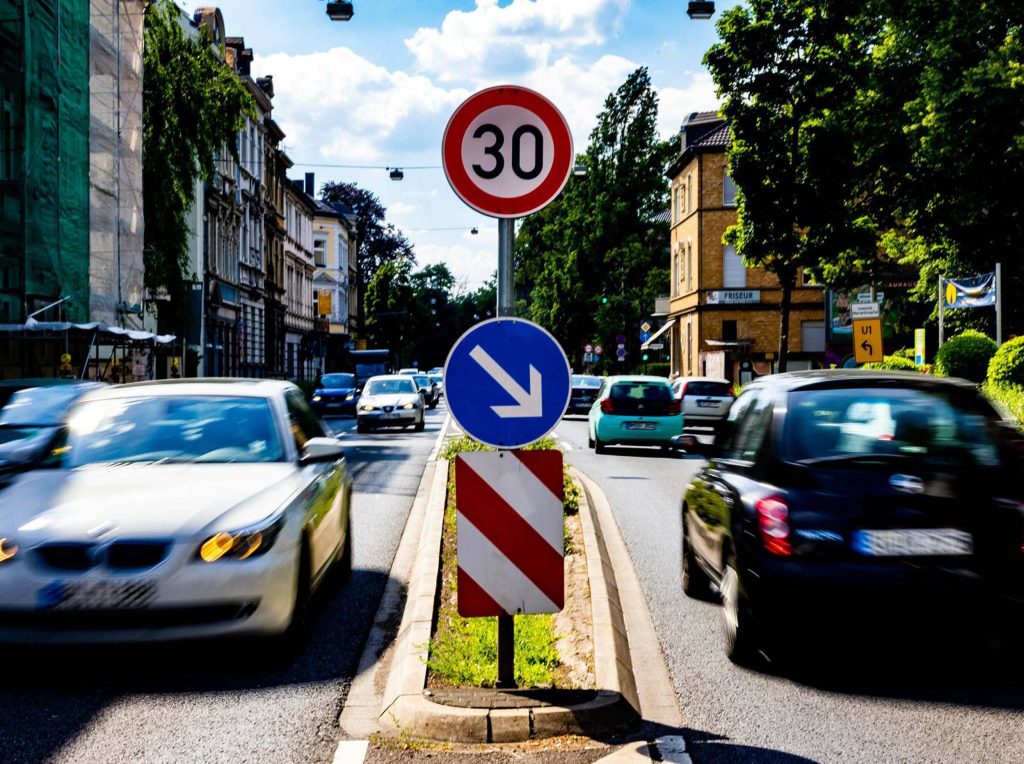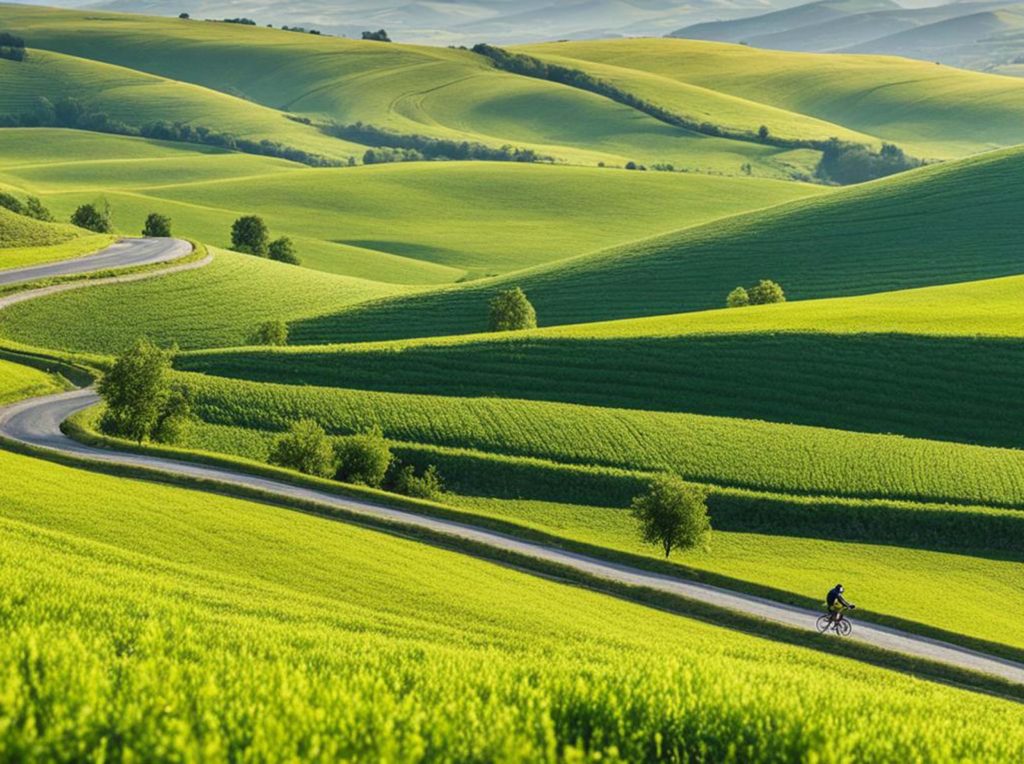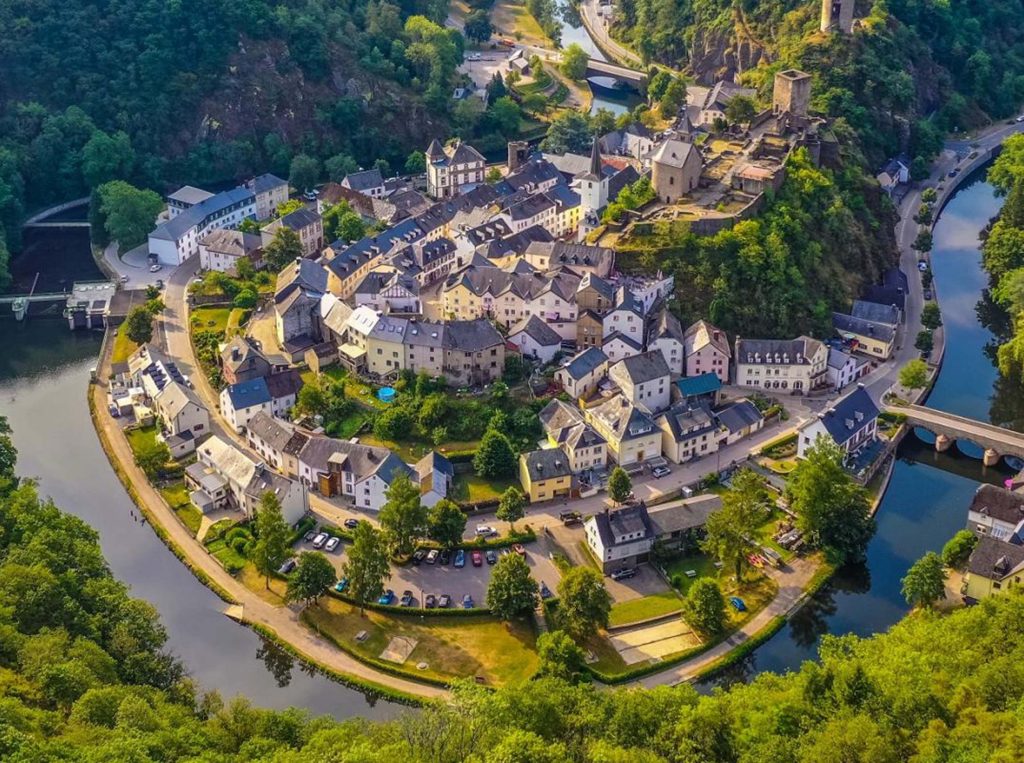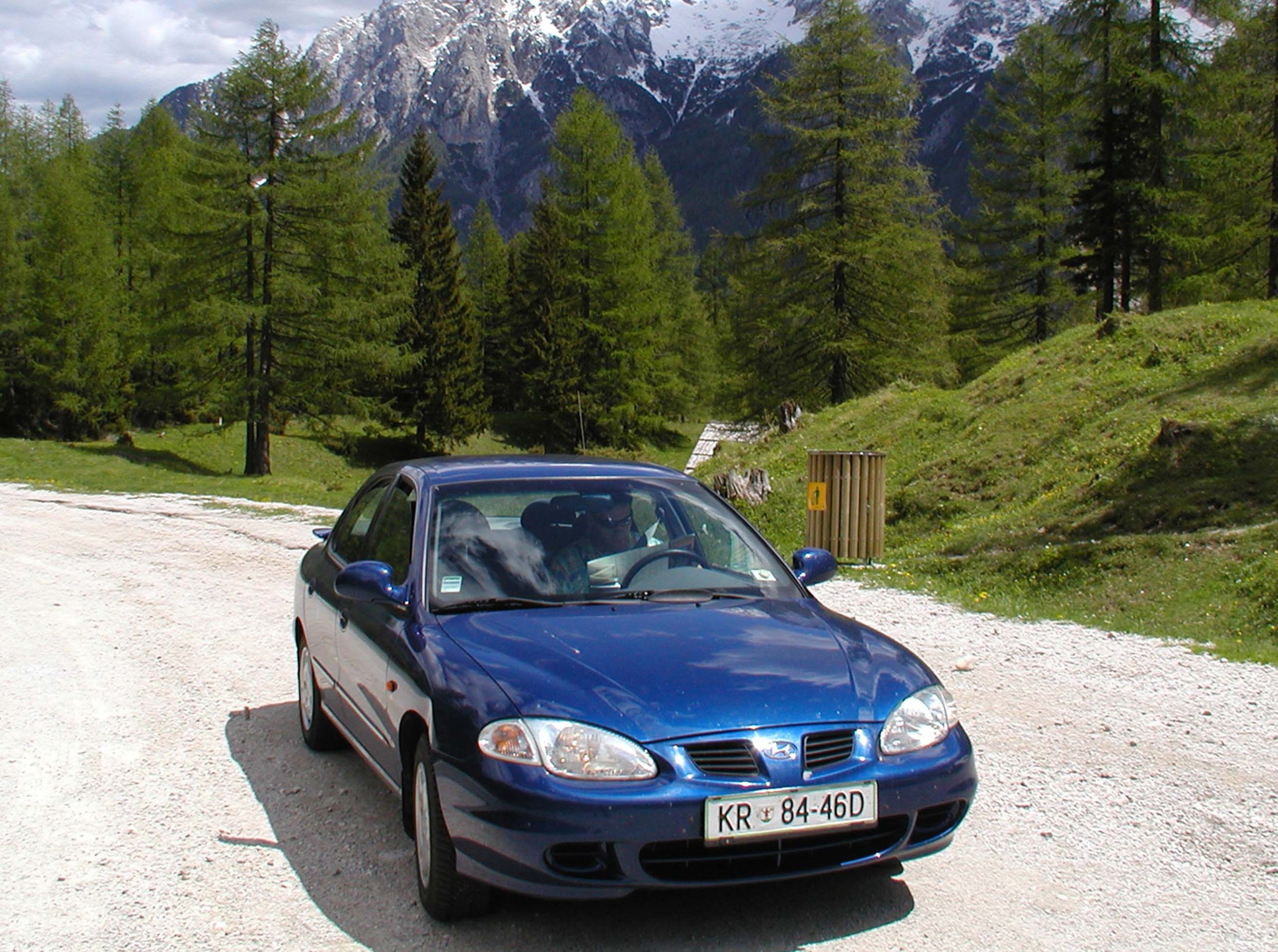When I decided to explore Belgium, I knew that renting a car would give me the freedom to traverse the picturesque countryside, charming small towns, and bustling cities at my own pace. Belgium’s well-connected road system, stunning landscapes, and diverse cities make it an ideal destination for a road trip. Having recently returned from an unforgettable journey through this beautiful country, I’m excited to share my experience and tips on renting a car in Belgium, ensuring you navigate the roads like a local.
Choosing the Right Rental Car
1. Selecting the Best Vehicle for Your Needs
My first step was selecting the right car. Belgium’s varied terrain—from cobblestone streets in Bruges to open highways in the Ardennes—meant that choosing the right vehicle was crucial. I opted for a compact car, which was ideal for city driving and parking in tighter spaces. For those planning to explore rural areas or the Ardennes, a vehicle with more power and space might be preferable.
I used a well-known international rental service, which allowed me to pick up my car from the airport upon arrival. I recommend booking in advance to secure the best rates and ensure availability, especially during peak travel seasons. Websites like Auto Europe or Rentalcars.com offer competitive prices and comprehensive options.
2. Understanding Rental Terms and Insurance
One thing to keep in mind is the insurance coverage. I made sure to carefully review the rental agreement and insurance options. Basic insurance was included, but I opted for additional coverage for peace of mind. Be aware that in Belgium, like in many European countries, a credit card is typically required for the security deposit. Make sure your credit card offers adequate coverage for rental cars to avoid any surprises.
Navigating Belgium’s Roads
1. Mastering Belgian Road Signs and Traffic Rules
Belgian road signs and traffic rules are quite straightforward, but there are a few quirks that took me a while to get used to. The most notable is the roundabout system, which is common throughout Belgium. Remember that vehicles already in the roundabout have the right of way. Additionally, speed limits are strictly enforced, with urban areas generally limited to 50 km/h, rural roads to 90 km/h, and highways to 120 km/h.

2. Familiarizing Yourself with Local Driving Customs
Driving in Belgium is generally relaxed, but here are a few customs to be aware of:
- Priority to Right: At intersections without signage, vehicles on the right have the right of way.
- Use of Indicators: Always use indicators when changing lanes or turning, as Belgian drivers appreciate clear communication.
- Speed Cameras: Belgium has many fixed and mobile speed cameras. Adhering to speed limits is crucial to avoid fines.
Dealing with Belgian Traffic and Parking
1. Urban Driving and Parking
Driving in cities like Brussels and Antwerp can be challenging due to heavy traffic and limited parking. I found that using public transportation within the city was often more convenient. However, if you need to drive, make use of the “Park and Ride” facilities on the outskirts of the city. These allow you to park your car and then take public transit into the city center.
When parking, always check the signs for parking regulations and fees. In many areas, you’ll need to use a parking meter or pay at designated kiosks. I also encountered some areas where parking was restricted to residents or required a special permit.
2. Rural and Scenic Routes
On the flip side, driving through Belgium’s rural areas was a delight. The roads are well-maintained, and the scenery is breathtaking. I particularly enjoyed exploring the rolling hills of the Ardennes and the charming villages in the Flemish region. Remember to watch out for cyclists, as Belgium is known for its strong cycling culture. Designated bike lanes are common, and respecting them is important.

Essential Travel Tips
1. Road Toll and Fuel Costs
Belgium doesn’t have a general road toll system for cars, but there are some tolls for specific tunnels and bridges. For example, the Liefkenshoek toll tunnel in Antwerp requires a fee. I used an app to keep track of any potential tolls and found it to be a helpful tool. Fuel prices in Belgium can be high compared to other countries, so it’s wise to plan your fuel stops and budget accordingly. Many service stations offer discounts if you pay with a certain credit card.
2. Language and Navigation
While most Belgians speak English, especially in tourist areas, it’s useful to know some basic phrases in French or Dutch, depending on the region you are visiting. For navigation, I used Google Maps, which worked well throughout my trip. Additionally, I downloaded offline maps just in case I found myself in an area with poor cell service.
Recommended Scenic Drives and Destinations
1. The Ardennes
The Ardennes is perfect for a scenic drive, offering lush forests and picturesque towns. I started my journey in Liège and drove through the winding roads of the region, stopping in towns like Durbuy and La Roche-en-Ardenne. The area is known for its outdoor activities, such as hiking and kayaking.

2. Flanders Region
Exploring the Flanders region was another highlight. The route from Ghent to Bruges is particularly stunning, with its medieval architecture and canals. I took my time exploring both cities, enjoying Bruges’ charming canals and Ghent’s impressive castle.
3. Coastal Drive
For a change of scenery, I drove along the Belgian coast. The stretch from Oostende to Knokke-Heist offers beautiful views of the North Sea and sandy beaches. The coastal towns are great for a leisurely stroll and offer a range of seafood dining options.
Renting a car in Belgium proved to be an excellent choice for my trip. It provided me with the flexibility to explore both well-known destinations and hidden gems at my own pace. By understanding the local driving customs, preparing for potential challenges, and embracing the scenic drives, I was able to make the most of my Belgian adventure. Whether you’re planning a city break or a countryside escape, renting a car in Belgium can enhance your travel experience and open up a world of possibilities.
